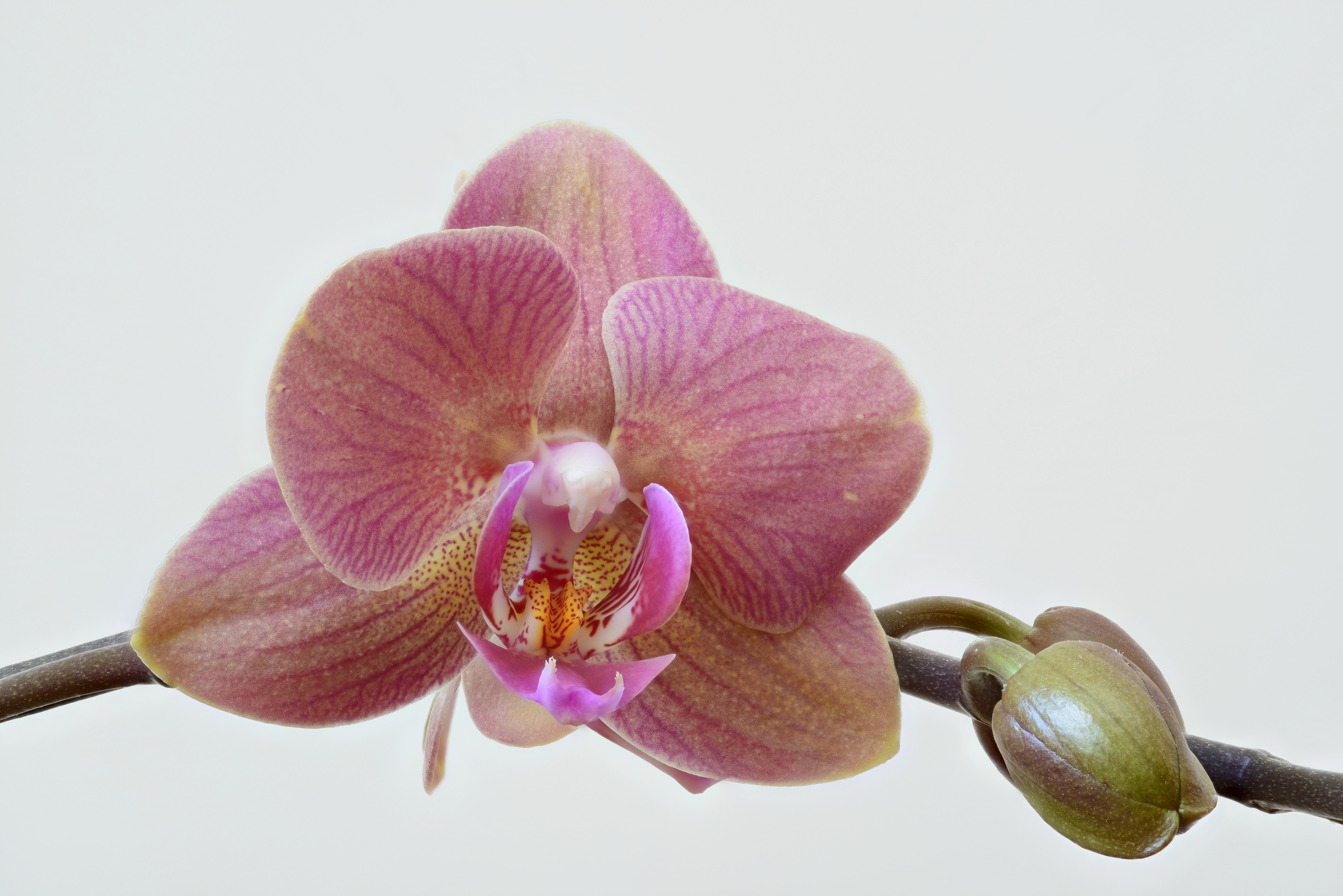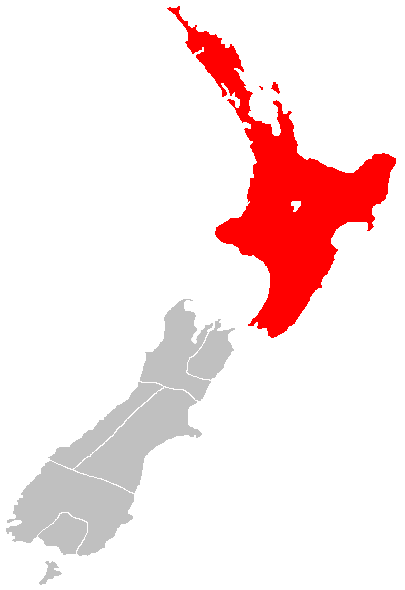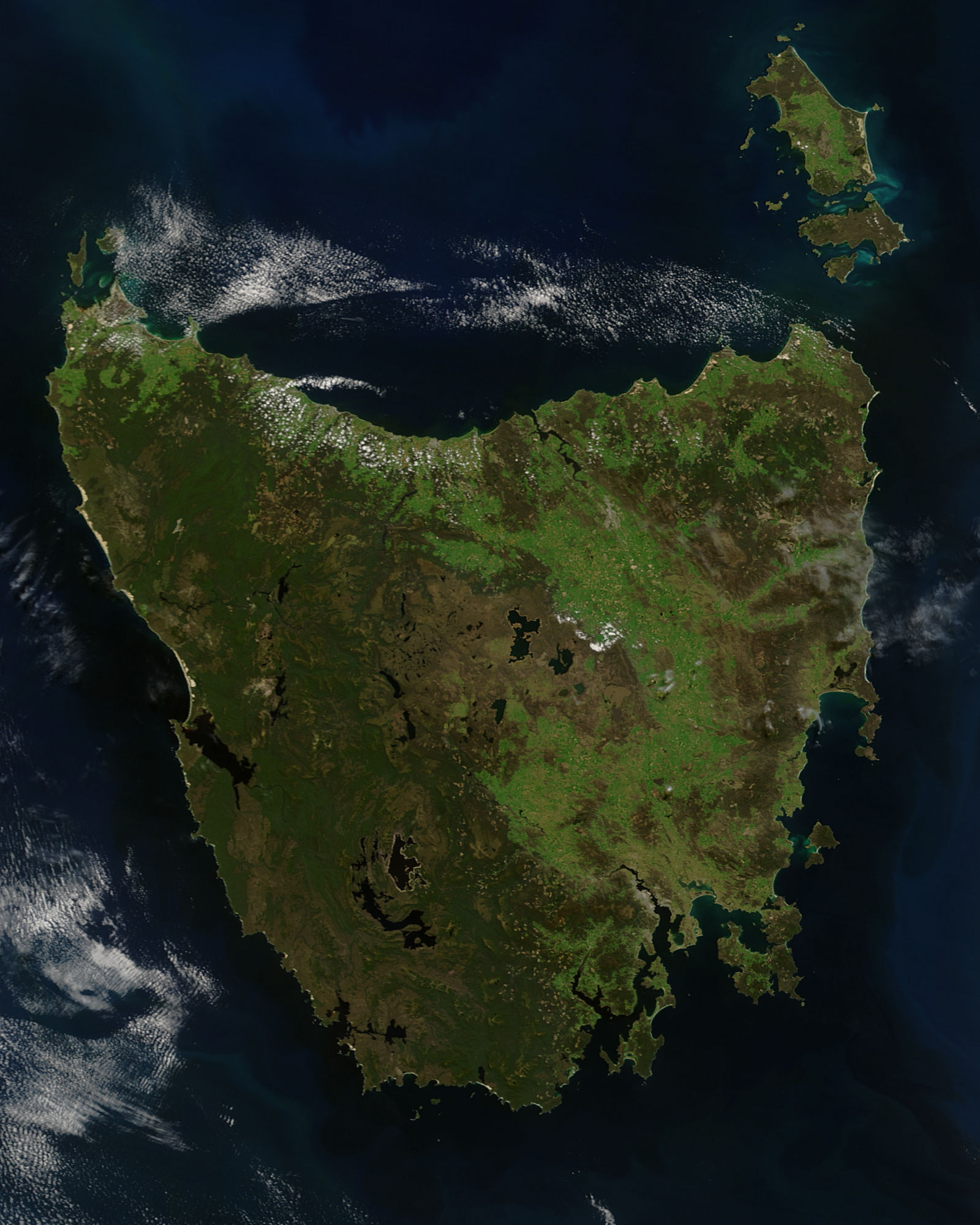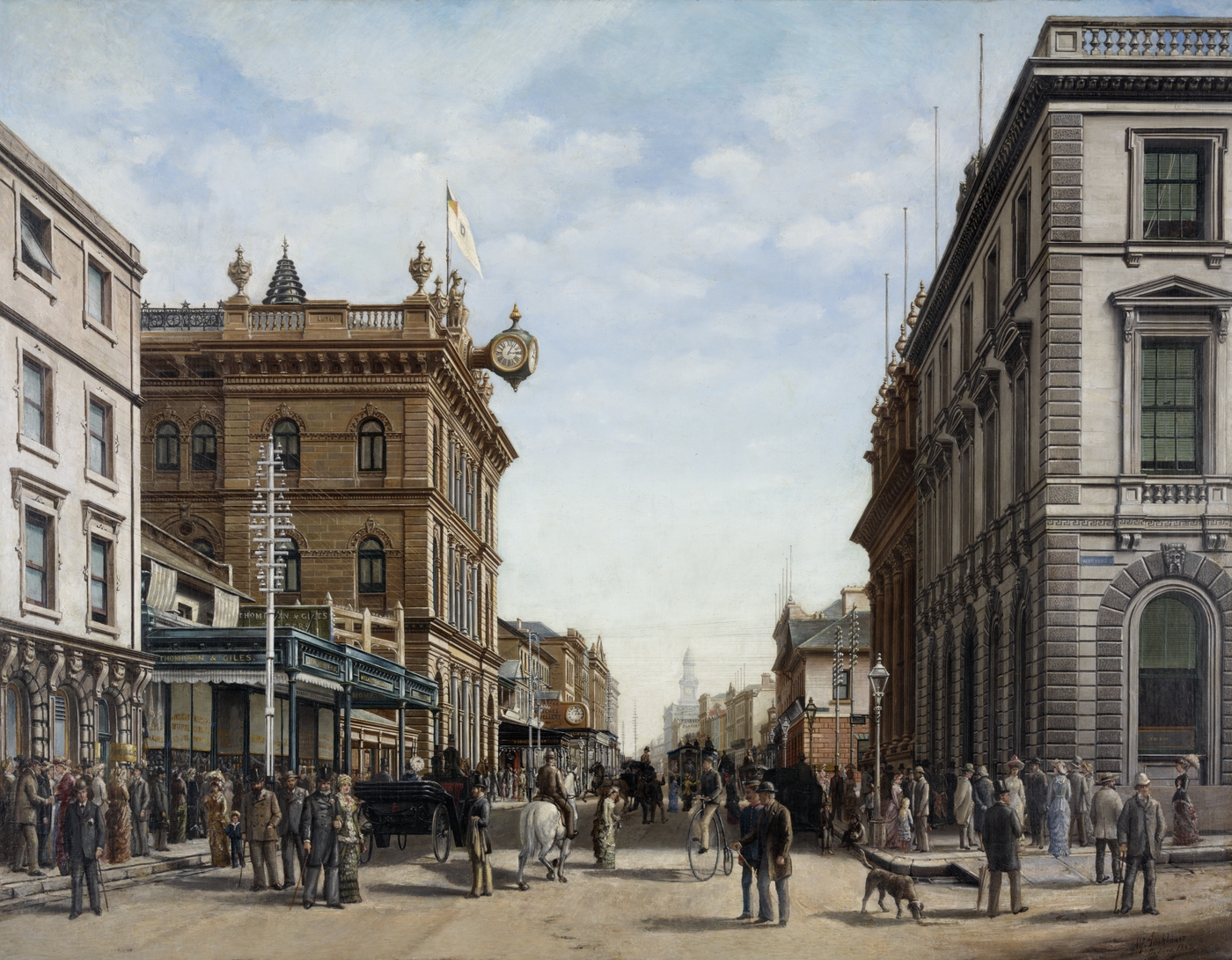|
Calochilus Paludosus
''Calochilus paludosus'', commonly known as the red beard orchid or red beardie, is a species of orchid native to Australia and New Zealand. It has a single fleshy, light green leaf and up to nine greenish flowers with reddish stripes. The labellum has a dull red or coppery coloured beard and lacks the "eye" spots of other beard orchids. Description ''Calochilus paludosus'' is a terrestrial, perennial, deciduous, herb with an underground tuber and a single fleshy, light green to yellowish-green, linear to lance-shaped leaf which is long and wide. Unlike some others in the genus, the leaf is fully developed at flowering time. Up to nine greenish flowers with reddish stripes are borne on a flowering stem tall. The dorsal sepal is long, wide and the lateral sepals are a similar length but broader. The petals are long and wide. The labellum is flat, long, wide, with short, reddish calli near its base and a flap-like ridge on each outside edge. The middle section of the ... [...More Info...] [...Related Items...] OR: [Wikipedia] [Google] [Baidu] |
Ku-ring-gai Chase National Park
Ku-ring-gai Chase National Park is a national park on the northern side of Sydney in New South Wales, Australia. The park is north of the Sydney central business district and generally comprises the land east of the M1 Pacific Motorway, south of the Hawkesbury River, west of Pittwater and north of Mona Vale Road. It includes Barrenjoey Headland on the eastern side of Pittwater. Ku-ring-gai Chase is a popular tourist destination, known for its scenic setting on the Hawkesbury River and Pittwater, significant plant and animal communities, Aboriginal sites and European historic places. Picnic, boating, and fishing facilities can be found throughout the park. There are many walking tracks in Ku-ring-gai Chase. The villages of Cottage Point, Appletree Bay, Elvina Bay, Lovett Bay, Coasters Retreat, Great Mackerel Beach and Bobbin Head are located within the park boundaries. The park was declared in 1894, and is the third oldest national park in Australia. The park is man ... [...More Info...] [...Related Items...] OR: [Wikipedia] [Google] [Baidu] |
Prodromus Florae Novae Hollandiae
''Prodromus Florae Novae Hollandiae et Insulae Van Diemen'' (Prodromus of the Flora of New Holland and Van Diemen's Land) is a flora of Australia written by botanist Robert Brown and published in 1810. Often referred to as ''Prodromus Flora Novae Hollandiae'', or by its standard botanical abbreviation ''Prodr. Fl. Nov. Holland.'', it was the first attempt at a survey of the Australian flora. It described over 2040 species, over half of which were published for the first time. Brown's ''Prodromus'' was originally published as Volume One, and following the ''Praemonenda'' (Preface), page numbering commences on page 145. Sales of the ''Prodromus'' were so poor, however, that Brown withdrew it from sale. Due to the commercial failure of the first volume, pages 1 to 144 were never issued, and Brown never produced the additional volumes that he had planned. In 1813, a book of illustrations for the ''Prodromus'' was published separately by Ferdinand Bauer Ferdinand Lucas Bauer (20 ... [...More Info...] [...Related Items...] OR: [Wikipedia] [Google] [Baidu] |
Orchids Of New Zealand
Orchids are plants that belong to the family Orchidaceae (), a diverse and widespread group of flowering plants with blooms that are often colourful and fragrant. Along with the Asteraceae, they are one of the two largest families of flowering plants. The Orchidaceae have about 28,000 currently accepted species, distributed in about 763 genera. (See ''External links'' below). The determination of which family is larger is still under debate, because verified data on the members of such enormous families are continually in flux. Regardless, the number of orchid species is nearly equal to the number of bony fishes, more than twice the number of bird species, and about four times the number of mammal species. The family encompasses about 6–11% of all species of seed plants. The largest genera are ''Bulbophyllum'' (2,000 species), ''Epidendrum'' (1,500 species), ''Dendrobium'' (1,400 species) and ''Pleurothallis'' (1,000 species). It also includes ''Vanilla'' (the genus of the v ... [...More Info...] [...Related Items...] OR: [Wikipedia] [Google] [Baidu] |
Calochilus
''Calochilus'', commonly known as beard orchids, is a genus of about 30 species of plants in the orchid family, Orchidaceae. Beard orchids are terrestrial herbs with a single leaf at the base of the plant, or no leaves. Their most striking feature is a densely hairy labellum, giving rise to their common name. Beard orchids, unlike some other Australian orchids, do not reproduce using daughter tubers, but self-pollinate when cross-pollination has not occurred. Most species occur in Australia but some are found in New Zealand, New Guinea and New Caledonia. Description Orchids in the genus ''Calochilus'' are terrestrial, perennial, deciduous, sympodial herbs with a few inconspicuous, fine roots and a pair of egg-shaped tubers lacking a protective fibrous sheath. The tubers produce replacement tubers on the end of a short, root-like stolons. There is either a single, linear, fleshy, convolute leaf, usually channelled, sometimes triangular in cross section, or there is no leaf. ... [...More Info...] [...Related Items...] OR: [Wikipedia] [Google] [Baidu] |
South Island
The South Island, also officially named , is the larger of the two major islands of New Zealand in surface area, the other being the smaller but more populous North Island. It is bordered to the north by Cook Strait, to the west by the Tasman Sea, and to the south and east by the Pacific Ocean. The South Island covers , making it the world's 12th-largest island. At low altitude, it has an oceanic climate. The South Island is shaped by the Southern Alps which run along it from north to south. They include New Zealand's highest peak, Aoraki / Mount Cook at . The high Kaikōura Ranges lie to the northeast. The east side of the island is home to the Canterbury Plains while the West Coast is famous for its rough coastlines such as Fiordland, a very high proportion of native bush and national parks, and the Fox and Franz Josef Glaciers. The main centres are Christchurch and Dunedin. The economy relies on agriculture and fishing, tourism, and general manufacturing and serv ... [...More Info...] [...Related Items...] OR: [Wikipedia] [Google] [Baidu] |
North Island
The North Island, also officially named Te Ika-a-Māui, is one of the two main islands of New Zealand, separated from the larger but much less populous South Island by the Cook Strait. The island's area is , making it the world's 14th-largest island. The world's 28th-most-populous island, Te Ika-a-Māui has a population of accounting for approximately % of the total residents of New Zealand. Twelve main urban areas (half of them officially cities) are in the North Island. From north to south, they are Whangārei, Auckland, Hamilton, Tauranga, Rotorua, Gisborne, New Plymouth, Napier, Hastings, Whanganui, Palmerston North, and New Zealand's capital city Wellington, which is located at the south-west tip of the island. Naming and usage Although the island has been known as the North Island for many years, in 2009 the New Zealand Geographic Board found that, along with the South Island, the North Island had no official name. After a public consultation, the board offi ... [...More Info...] [...Related Items...] OR: [Wikipedia] [Google] [Baidu] |
South Australia
South Australia (commonly abbreviated as SA) is a state in the southern central part of Australia. It covers some of the most arid parts of the country. With a total land area of , it is the fourth-largest of Australia's states and territories by area, and second smallest state by population. It has a total of 1.8 million people. Its population is the second most highly centralised in Australia, after Western Australia, with more than 77 percent of South Australians living in the capital Adelaide, or its environs. Other population centres in the state are relatively small; Mount Gambier, the second-largest centre, has a population of 33,233. South Australia shares borders with all of the other mainland states, as well as the Northern Territory; it is bordered to the west by Western Australia, to the north by the Northern Territory, to the north-east by Queensland, to the east by New South Wales, to the south-east by Victoria, and to the south by the Great Australian B ... [...More Info...] [...Related Items...] OR: [Wikipedia] [Google] [Baidu] |
Tasmania
) , nickname = , image_map = Tasmania in Australia.svg , map_caption = Location of Tasmania in AustraliaCoordinates: , subdivision_type = Country , subdivision_name = Australia , established_title = Before federation , established_date = Colony of Tasmania , established_title2 = Federation , established_date2 = 1 January 1901 , named_for = Abel Tasman , demonym = , capital = Hobart , largest_city = capital , coordinates = , admin_center = 29 local government areas , admin_center_type = Administration , leader_title1 = Monarch , leader_name1 = Charles III , leader_title2 = Governor , leader_n ... [...More Info...] [...Related Items...] OR: [Wikipedia] [Google] [Baidu] |
Victoria (Australia)
Victoria is a state in southeastern Australia. It is the second-smallest state with a land area of , the second most populated state (after New South Wales) with a population of over 6.5 million, and the most densely populated state in Australia (28 per km2). Victoria is bordered by New South Wales to the north and South Australia to the west, and is bounded by the Bass Strait to the south (with the exception of a small land border with Tasmania located along Boundary Islet), the Great Australian Bight portion of the Southern Ocean to the southwest, and the Tasman Sea (a marginal sea of the South Pacific Ocean) to the southeast. The state encompasses a range of climates and geographical features from its temperate coastal and central regions to the Victorian Alps in the northeast and the semi-arid north-west. The majority of the Victorian population is concentrated in the central-south area surrounding Port Phillip Bay, and in particular within the metr ... [...More Info...] [...Related Items...] OR: [Wikipedia] [Google] [Baidu] |
New South Wales
) , nickname = , image_map = New South Wales in Australia.svg , map_caption = Location of New South Wales in AustraliaCoordinates: , subdivision_type = Country , subdivision_name = Australia , established_title = Before federation , established_date = Colony of New South Wales , established_title2 = Establishment , established_date2 = 26 January 1788 , established_title3 = Responsible government , established_date3 = 6 June 1856 , established_title4 = Federation , established_date4 = 1 January 1901 , named_for = Wales , demonym = , capital = Sydney , largest_city = capital , coordinates = , admin_center = 128 local government areas , admin_center_type = Administration , leader_title1 = Monarch , leader_name1 = Charles III , leader_title2 = Governor , leader_name2 = Margaret Beazley , leader_title3 = Premier , leader_name3 = Dominic Perrottet ( Liberal) , national_representation = Parliament of Australia , national_representation_type1 = Sen ... [...More Info...] [...Related Items...] OR: [Wikipedia] [Google] [Baidu] |
Burleigh Heads, Queensland
Burleigh Heads is a Suburbs and localities (Australia), suburb in the City of Gold Coast, Queensland, Australia. In the , Burleigh Heads had a population of 10,077 people. Geography Burleigh Head is a cape () jutting into the Coral Sea at the northern mouth of Tallebudgera Creek. Rising to a height of , Burleigh Head is a prominent local landmark. Burleigh Beach facing the Coral Sea commences at Burleigh Head and extends north (). The suburb has two distinct parts. The north-eastern part of the suburb is a narrow coastal area bounded to the north-east by the Coral Sea and includes Burleigh Head. The south-western part then extends inland along Tallebudgera Creek. The centre of the Burleigh beach area is James Street (), which consists of cafes, delis, hairdressers, retailers, chemists, restaurants and charity stores. Koala Park is a neighbourhood in the north-east of the suburb (). It is a residential area alongside Tallebudgera Creek that is surrounded by bushland consisti ... [...More Info...] [...Related Items...] OR: [Wikipedia] [Google] [Baidu] |








